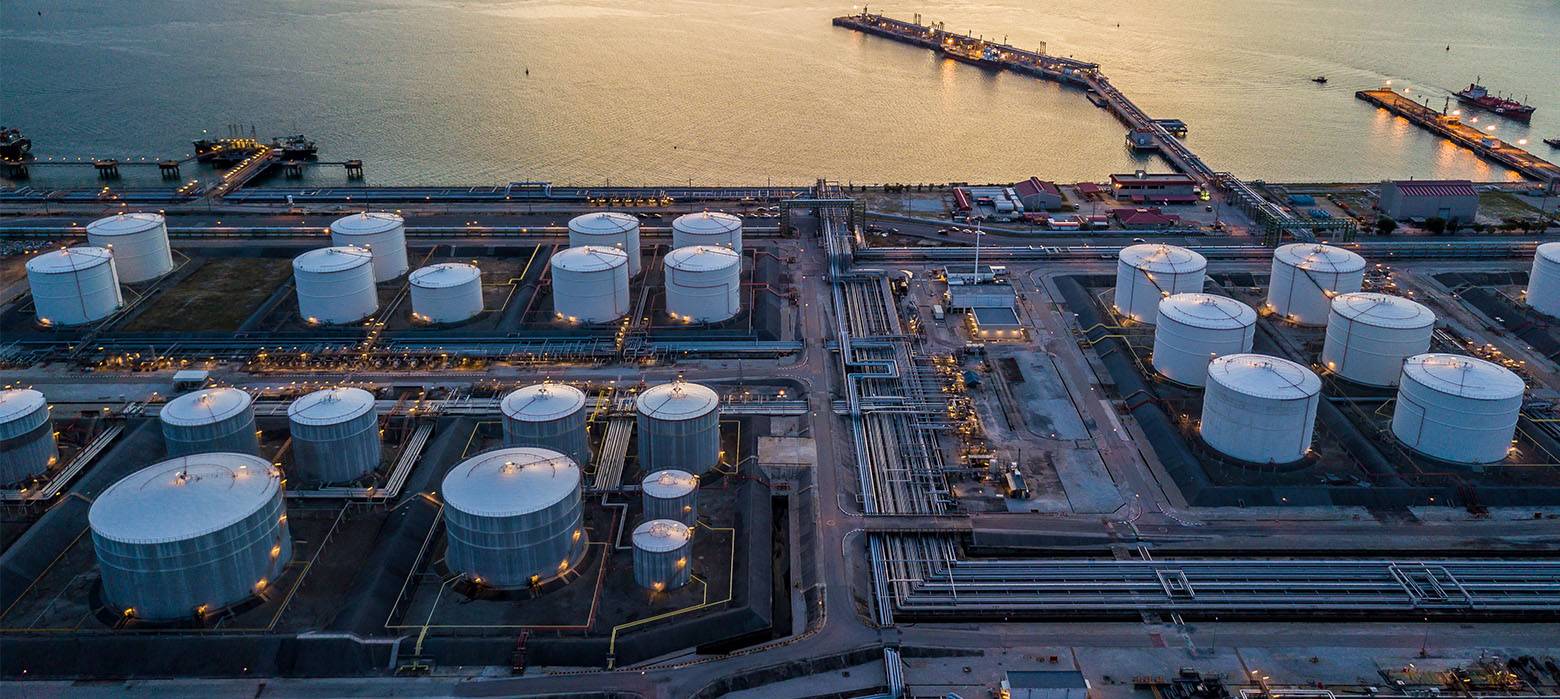
- admin
- November 2, 2023
Oil Storage Tank Materials and Types: A Comprehensive Overview
Oil storage tanks are essential components for safely storing and managing oil, whether for industrial or residential purposes. The choice of tank material and type is crucial to ensure the integrity of the stored oil and prevent environmental issues. In this comprehensive guide, we will explore the materials used for oil storage tanks and the various types available, helping you make informed decisions.
Oil Storage Tank Materials:
1. Steel: Steel tanks are commonly used for oil storage due to their affordability and widespread availability. They can be used for both above-ground and underground storage. However, it’s important to note that steel tanks must adhere to stringent manufacturing and construction standards to ensure their durability and safety.
2. Fiberglass: Fiberglass tanks are known for their sturdiness and durability. They offer resistance to rust, leakage, and sediment accumulation, making them an excellent choice for oil storage. Similar to steel tanks, fiberglass tanks can be used for both underground and above-ground storage.
3. Combination Tanks: Combination storage tanks provide a double-walled design, offering an extra layer of protection and reliability. The inner tank is typically made of a thick polyethylene composite, while the outer tank is constructed from galvanized steel. These tanks comply with pressure tests and construction standards mandated by the Federal Government
These were the few storage tank material. Keeping storage tank is easy but it’s maintenance is very important if you want it to keep running for years smoothly without any trouble .Here is the link you visit to know more about the maintenance of your oil storage tank : https://www.gsctanks.com/oil-storage-tank-fire-protection/
Types of Oil Tanks
1. Above-ground Indoor Storage Tanks:
These oil tanks are large containers designed for installation in basements, utility rooms, or garages. They typically have a capacity to hold 275 gallons of fuel, but smaller and larger models are available, with capacities of about 160 gallons and 400 gallons, respectively. The choice of tank size depends on factors like fuel consumption, furnace usage frequency, and the climate of the installation area.
Larger tanks require less frequent refilling but involve larger fuel purchases, while smaller tanks run out of fuel more often but are suitable for low-demand situations.
2. Above-Ground Outdoor Tanks:
These tanks are placed near the facility, often at the side or adjacent to the building. They are commonly used in areas where municipal utility lines are not accessible. One of their advantages is their ability to withstand extreme weather conditions, including storms, snowfall, and severe climates. Typically, these tanks have a 275-gallon capacity, with smaller or larger variants also available.
3. Underground Tanks:
Underground oil tanks are buried beneath the ground, along with the supply pipes. The fill pipe, used for refilling the tank, is located above ground for easy access. Underground tanks are typically larger than their above-ground counterparts and can hold 550 to 1000 gallons of fuel. Most oil storage tanks are either cylindrical or oval in shape, with oval tanks installed vertically or horizontally and cylindrical tanks positioned horizontally to fit various space requirements.
Choosing the right oil storage tank material and type is essential to ensure the safety, efficiency, and environmental responsibility of your oil storage system. Consult with an expert to determine the best-suited option for your specific needs and location. GSC Tanks offers a range of oil storage solutions and the expertise to guide you in making the right choice for your oil storage requirements.
- oil storage tank maintenance
- oil storage tanks
Category
- Above Ground Fuel Tanks
- Above Ground Gas Storage Tank
- Above Ground Storage Tanks
- Above Ground Water Storage Tanks
- Agricultural Tanks
- Chemical storage Tanks
- Diesel Fuel Storage Tanks
- Diesel Storage Tanks
- Exernal FloatingRoof Tanks
- Farm Water Tank
- Fiberglass Oil Tanks
- Fiberglass Septic Tanks
- Fiberglass Tanks
- Fiberglass Underground Fuel Storage Tanks
- Field Erected Tanks
- Floating Roof Tank
- Food and Beverage Tanks
- Fuel tank
- Industrial Chemical Storage Tanks
- Industrial Gas Tanks
- Industrial Plastic Tanks
- Industrial Storage Tanks
- Industrial Tank heating pads
- industrial tanks
- Natural gas
- Natural gas vs Propane
- oil storage tank
- Oil Storage Tanks
- Peracitic Acid
- Petroleum Tanks
- Residential gasoline storage tanks
- Residential Water Storage Tanks
- Sodium Hydroxide Storage Requirements
- Sodium Hypochlorite Storage Tanks
- Steel Storage Tanks
- storage tank failure prevention
- Storage Tanks
- Sulfuric Acid Tanks
- Uncategorized
- UnderGround Storage Tanks
- Waste water tank
- Water Storage Tanks

 Tank Size Calculator
Tank Size Calculator






